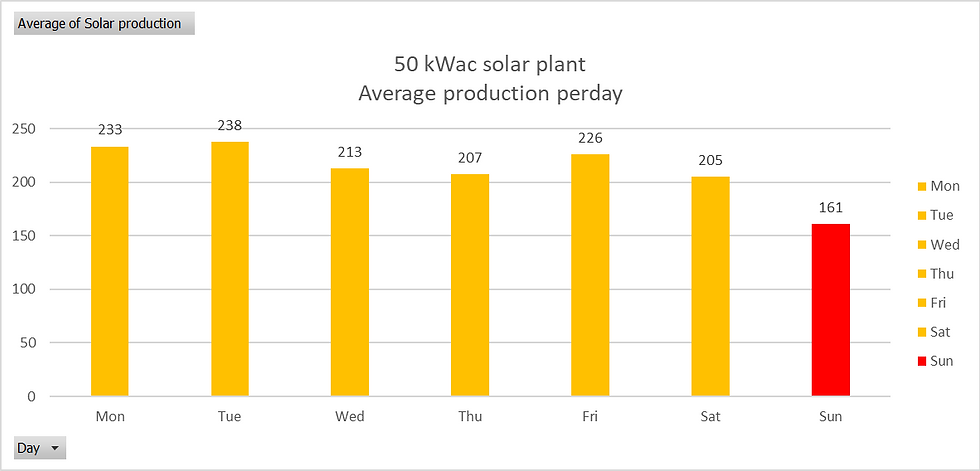Prime Minister Narendra Modi while bringing up the required electricity reforms quoted "20% of total generated electrical power in India is lost in transmission & Distribution". He also added that the Global standard is 3% T&D and India misses it by a real thick margin.
Uttar Pradesh's DISCOMs (Distribution companies ) had stopped offering solar net metering for commercial & Industrial rooftop owners since January 2019 . The new regulation was enforced with immediate effect by UPERC (Uttar Pradesh Electricity Regulatory Commission) citing the opportunity loss and bad financial health of the DISCOMs. This however, could not dampen the spirits of C&I customers and they still opted to go solar and utilizing the sun to meet their power demands during the sunshine hours and the solar plants , although were interacting with the grid but were not allowed to inject any surplus energy into the same .
Some segments like educational institutes , seasonal industry such as rice mills and entities who used more electricity during the off sunshine hours were seriously discouraged to go solar . Public policy demanded the power from the solar power plants to be consumed almost instantaneously at the point of generation. What if the university was closed for a month on account of summer holidays , it cannot generate any solar power as consumption was little during the holidays and exporting it to the grid was not allowed .

Even for industry having day time loads solar power plants installed on their rooftops became non performing assets on holidays and weekly offs.
Attached below is a daily data from a 50 kWac solar power plant which works in zero export mode . This cosmetics company is non operational on most of the Sundays and other holidays like 26th January and 15th August.

The above chart depicts the daily production of a 50 kWac solar power plant running in zero export mode .

For a commercial or industrial rooftop owners at an average they will loose about half of their solar electricity on a non working day. For bigger size solar plants this loss is even greater.
What do these new amendments mean ?
The biggest piece of the pie goes to DISCOMs themselves. Now they can buy surplus power from solar rooftops installed on commercial & industrial buildings at their APPC (average power purchase cost) and supply the same power almost instantaneously to the nearest load ( neighbors of the solar power producer) and charge them almost double the price and icing on the cake is that they will not have to bear and T&D loss, which means an additional premium of 20% on the sold electricity on account of these losses.
The policy also discourages behind the meter solar power plants (Zero Export) which was the path almost 100% of the C&I roof owners took , going solar. Renewable Purchase Obligations (RPOs) are mandatory requirements set by the govt. for any DISCOM to meet. UP state electricity distribution companies found it hard to claim them on BTM solar power generating systems. With the advent of Net Billing mechanism now they will claim their RPOs as well.
The prosumer (producer cum consumer) having installed a solar power plant feels more secure as the plant which is connected to the national grid is now officially been registered with the local distribution company and this eliminates any non compliance risk . Above all the solar power producers now earn additional revenue for the power produced in surplus which was earlier sleeved and actually not produced.
Other Aspects
This paradigm shift in solar rooftop policy indicates that solar technology is no longer "the energy of tomorrow" but energy of today.
Their is no stopping for solar energy how powerful and reactive the fossil fuel lobby be.
As the market matures it eventually has to embrace storage and batteries in any form like chemical , mechanical , heat or gravity.
Till we adopt more and more storage technologies there is a huge incentive ( both economic and environmental) to put more and more solar panels the power produced from which can be used more and more efficiently in the coming future.

Comments